latest
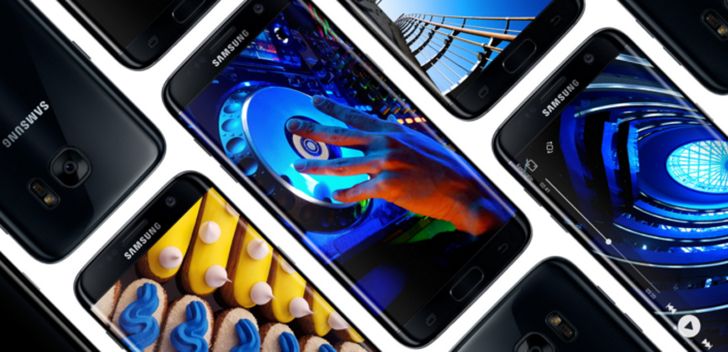
DisplayMate has long been testing and ranking smartphone displays, and for the last several years Samsung has had a lock on the top spot. That is not changing with the release of the Galaxy S7. Dr. Raymond Soneira has once again found Samsung's latest display to be the best around, and an improvement over last year's Super AMOLED.

April was a bit sparse when it comes to new apps - there aren't any real standouts, though Facebook certainly made a splash with its self-branded phone dialer. The rest of the best picks from last month are mostly advanced tools for power users, or in the case of the impressive edjing, experienced music producers. Here in no particular order are our picks for the best of the lot, plus a few honorable mentions that might have broader appeal.
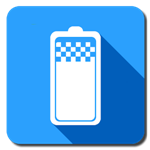
Have you ever wondered why the blacks on your Samsung phone look so, well, black? Ask your nearest videophile, and he or she will tell you that it's because AMOLED screens emit no light from pixels when they're assigned to draw the "black" color. It's black because the pixel is almost literally turned off. By the same token, an AMOLED pixel displaying black will also draw almost no electrical power. So AMOLED phones with black wallpapers or black-themed apps can, at least theoretically, boost their battery life significantly.
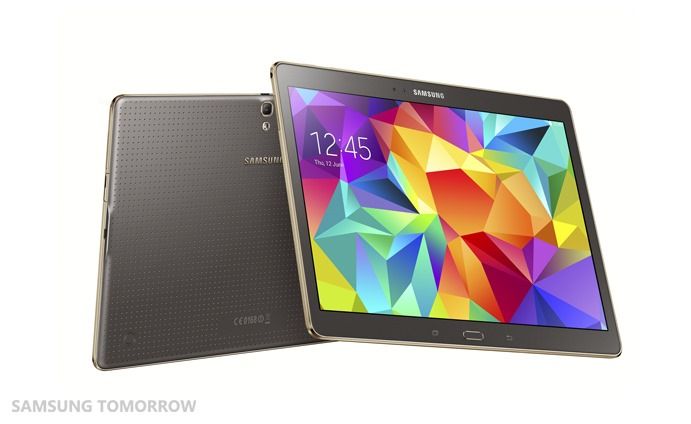
The casual observer might think that Samsung has too many Android tablets. Between the Galaxy Note 10.1 2014 Edition (from 2013, of course), no less than four versions of Tab and Note Pros, and the fourth generation of low-end Galaxy Tab hardware, the casual observer is right. But that's not stopping Samsung's shotgun approach to market coverage. The company has just announced the new Galaxy Tab S line, modeled after the flagship Galaxy S5 in more ways than one.

We saw the usual leaks earlier today, but Samsung has just officially revealed their curved-screen device on Samsung Tomorrow. The phone goes by the name Galaxy Round, which is almost surprising, considering Samsung's pathological need to tie things into the Galaxy S line as of late. In addition to the unique curved screen, it's basically a Galaxy Note 3 minus the S-Pen.
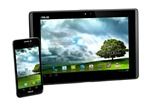
ASUS has barely been able to contain its excitement for its Padfone device(s?). Finally, though, we get some more details about what the phone/tablet set will be packing. The former is sporting a a Qualcomm Snapdragon S4 (it's unclear what model at this time) and 1GB of RAM, underneath a 4.3" 960x540 Super AMOLED screen. Much like Motorola's line of lapdocks, the SoC of the phone will power the tablet while docked.
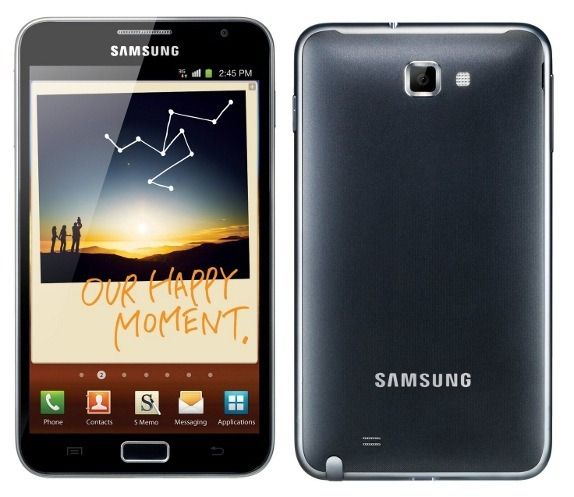
Are you one of literally dozens of users who believe that your 4.5" smartphone is too small, that 7" tablets are too big, and that styluses never got the shot they deserve on a modern smartphone? Then mark February 19th on your calendars, friends. The Galaxy Note from Samsung is landing that very day (pre-orders start on February 5th).
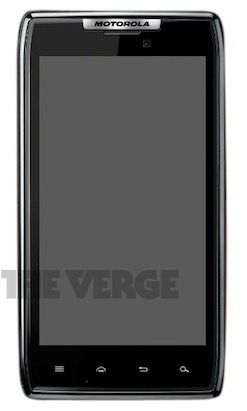
Remember that sleek 4.5-inch Motorola looker we encountered last month? It's back, but no longer will it be known as the DROID HD or the DROID Spyder; according to the latest rumor (courtesy of This is my Next), the device is none other than the DROID RAZR. Yes, that's the name of the phone that in 2004 saved Motorola from bankruptcy (before it plunged into the profitless dregs of mobile society a second time, that is).

Following several wild conspiracy theories, a smattering of purported leaks and rumors, and an odd semi-announcement a few weeks ago, T-Mobile and Samsung have finally revealed the full specifications of their latest smartphone, the Galaxy S 4G.
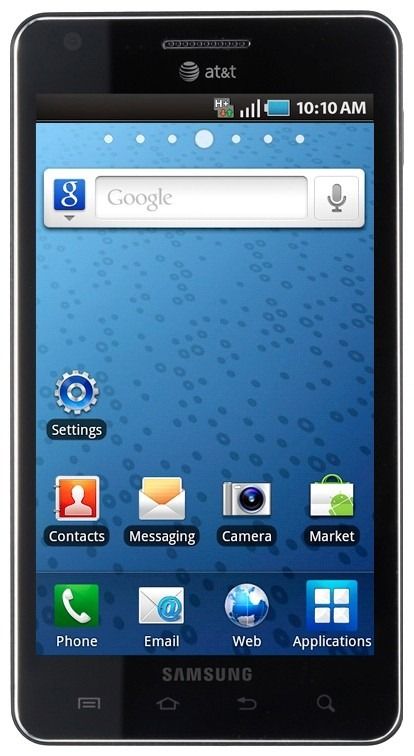
It appears that Samsung is going to continue with the Galaxy S brand name, but this upcoming AT&T handset is unlike any other Galaxy S phone you've seen before. The Samsung Infuse 4G improves on the original in just about every way - in fact, it easily tops any phones on the market today:

The Samsung Continuum, announced earlier this week, is going up for pre-order tomorrow. This Galaxy S series phone is the first Android device with a secondary ticker screen providing access to updates, a-la Android top notification bar. Some consider it a gimmick, some think it could be really useful, but you can decide for yourself after watching this official intro video, complete with overly cheerful (with the exception of the guy who lost money in the stock market) folks that apparently have 0 time to look at their actual phones and rely on the tiny 1.8" display instead. The ticker jumps in and saves the day, making everyone even more cheerful, no matter how impossible it may sound. If only those naïve people knew that they were getting a phone with Bing instead of Google...

Recently, I got ahold of Verizon's Samsung Fascinate and shot the following video review (and yes, I have a capacitive stylus - start getting jealous):

Here’s something to get your teeth into. Over at LaptopMag, a whole host of Androids have been put through their paces in a grueling battery life endurance test. The goal was to keep the phones’ screens on while doing a moderate amount of processing, namely cyclically browsing a collection of web pages. Despite the supposed power savings afforded by AMOLED screens, the phones employing that screen technology fell quite a ways behind in comparison to the traditional LCD phones.









